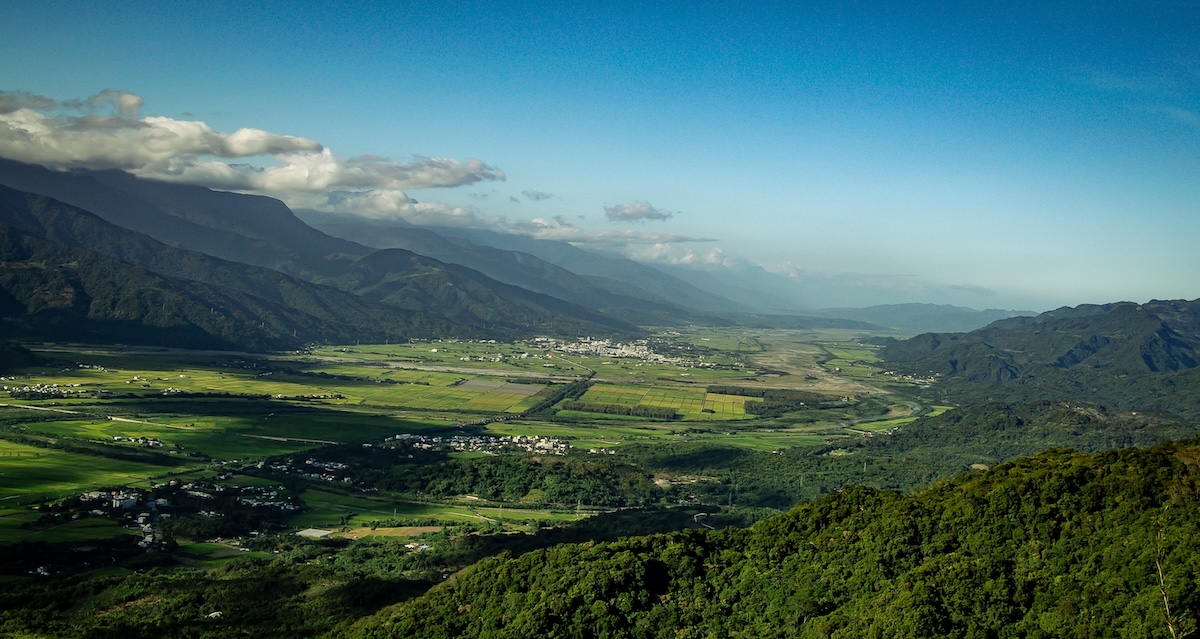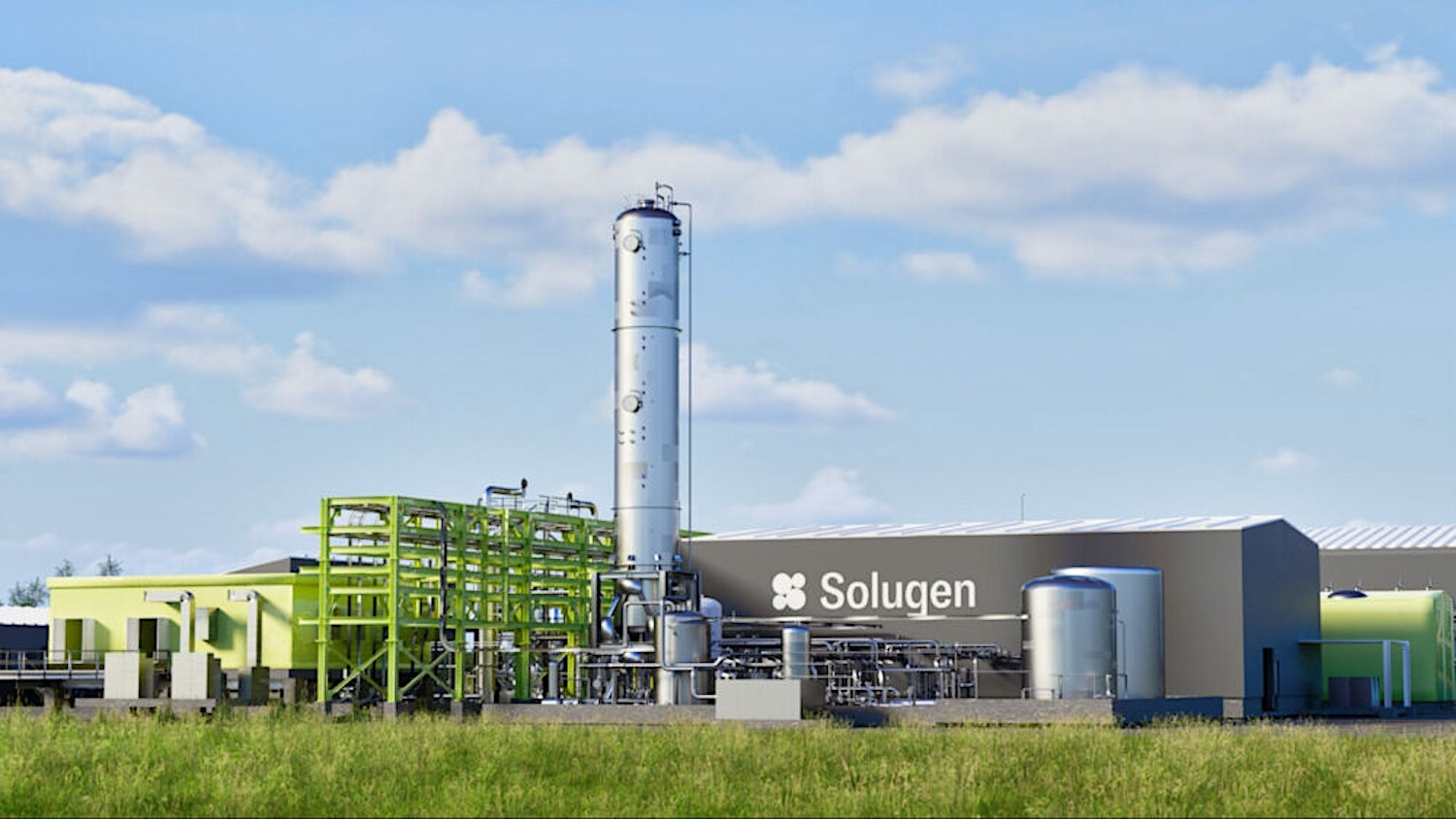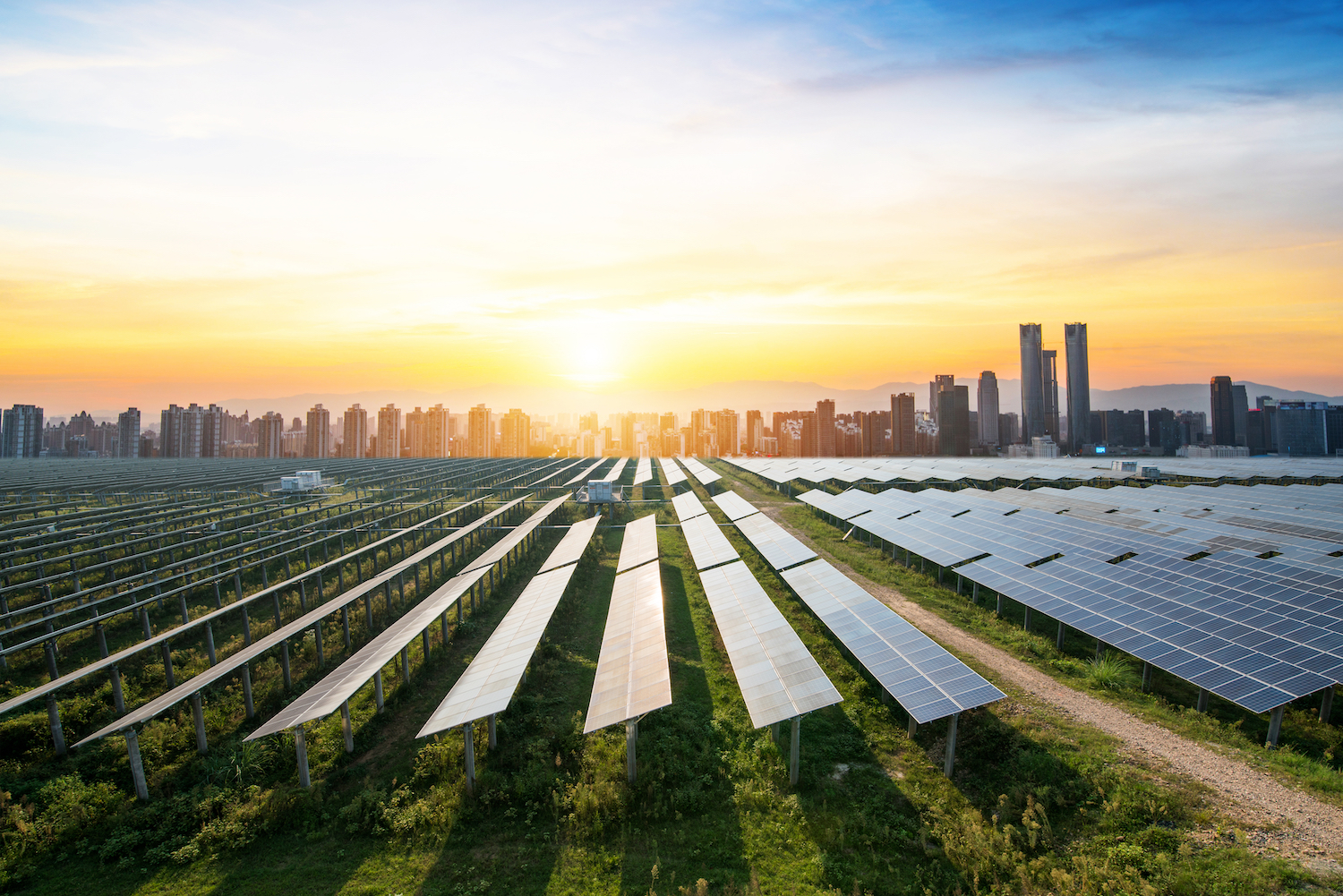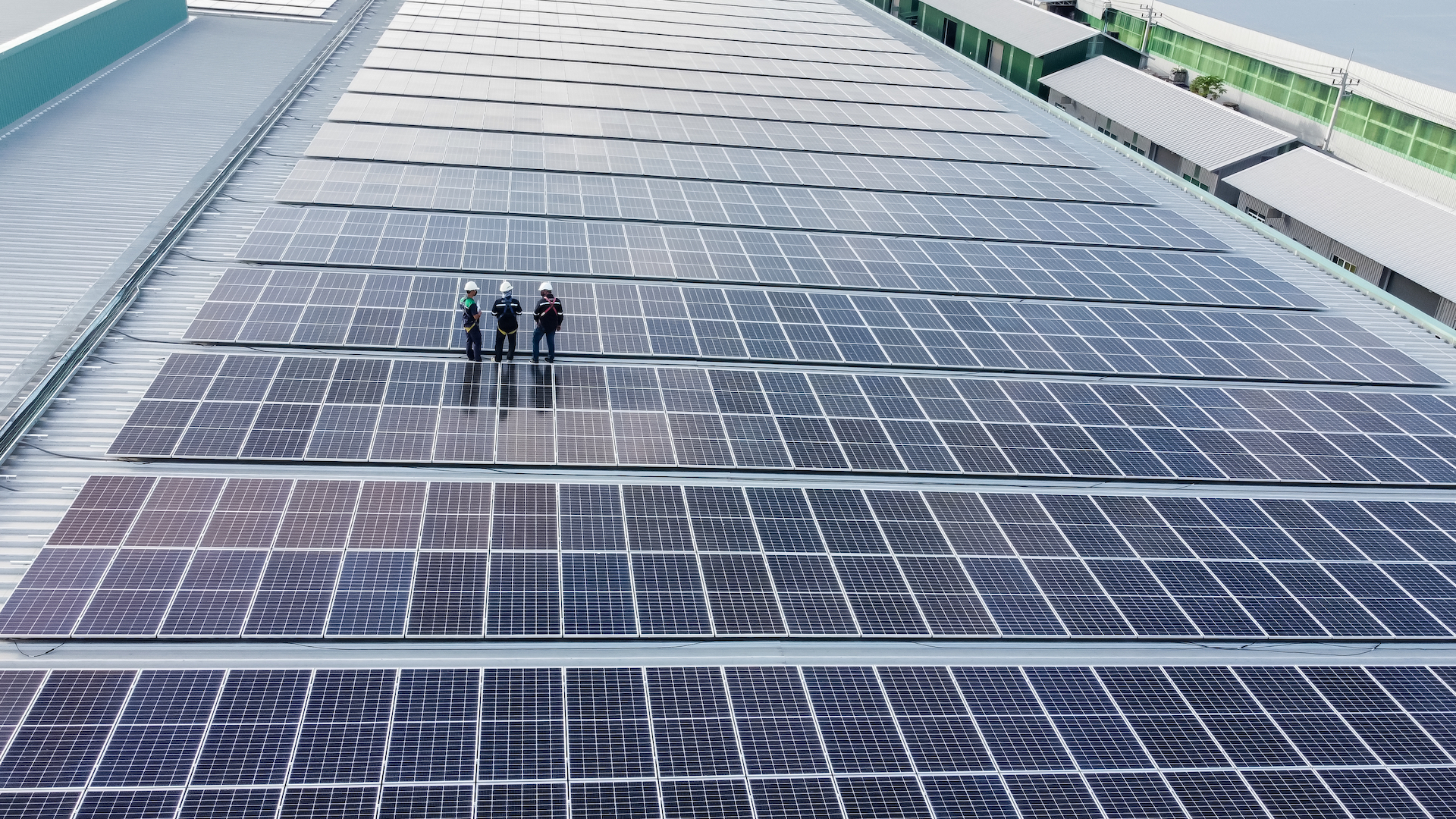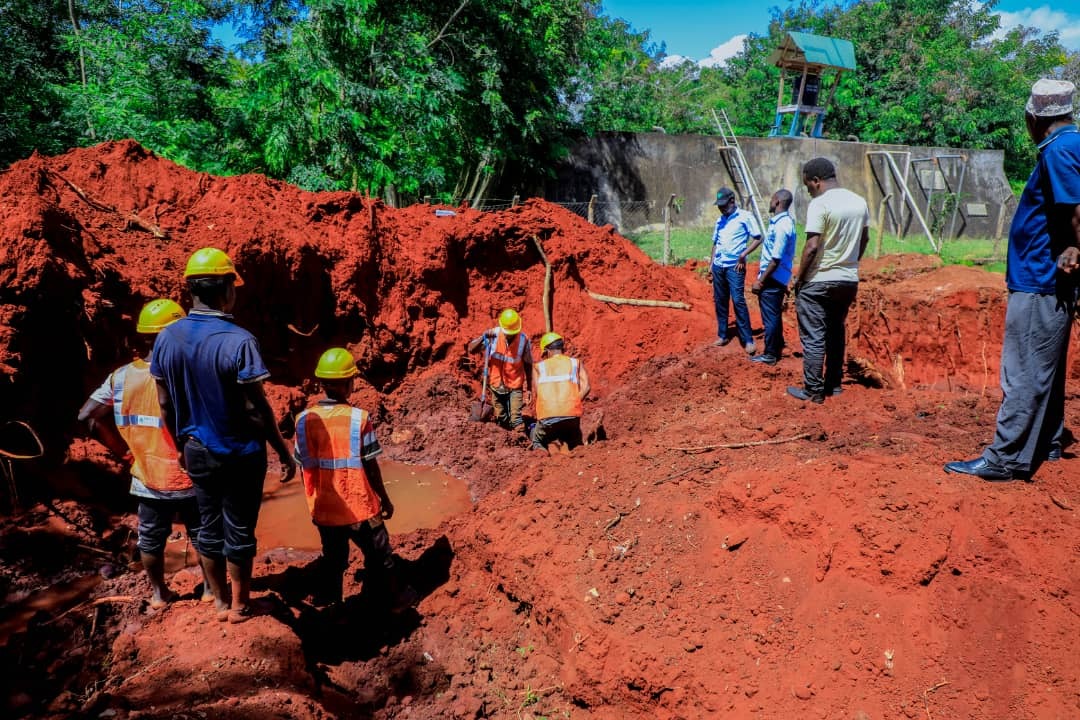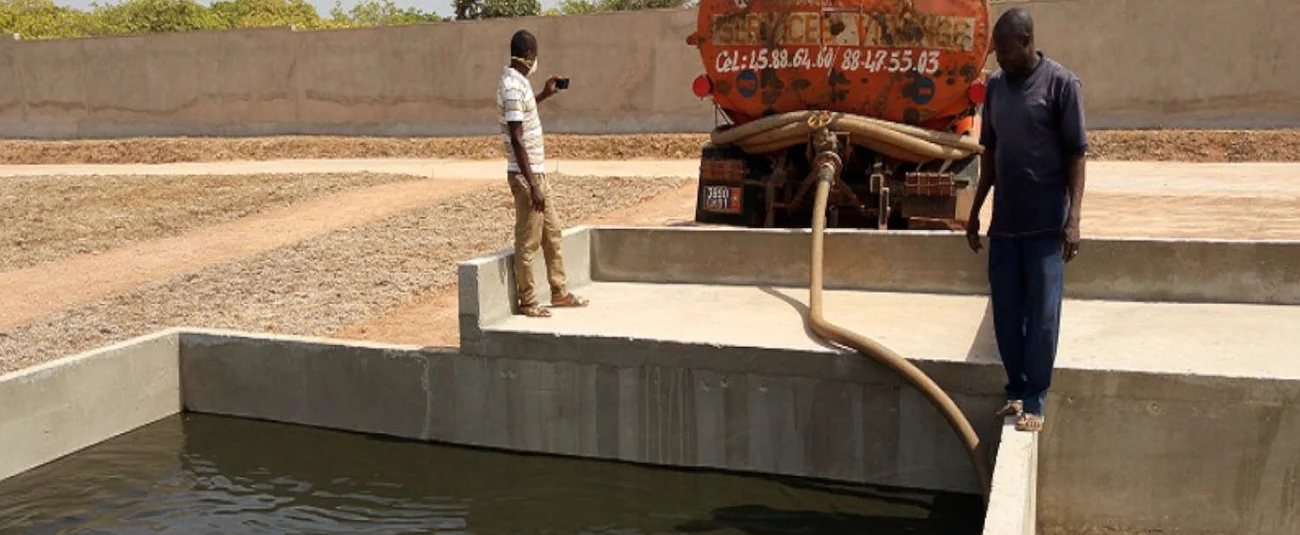The California Public Employees Retirement System, or CalPERS, this week announced it would allocate more than $25 billion to green private markets assets over the next six years. The move, representing one of the biggest chunks of institutional capital to be earmarked for private market investments, signals growing investor demand for the kind of big-dollar energy transition bets taking place outside of public markets.
In recent years, private equity firms have amassed multi-billion dollar funds to capitalize on the opportunities created by a once-in-a generation restructuring of global economies for a low-carbon future. Their fundraising has been buoyed by pension funds, sovereign wealth funds and other institutional investors with a long-term perspective.
CalPERS, the largest public pension plan in the US with $483 billion in assets, sees “evident climate investment opportunities” in the private markets, the pension fund’s Peter Cashion told the FT. CalPERS will hunt down mandates in private equity, real estate and infrastructure managers in Europe and Asia, with a focus on emerging markets. “The opportunity set in emerging markets will be huge,” says Cashion.
The $25 billion private market allocation sheds light on how CalPERS plans to double its climate investments to $100 billion by 2030, as it announced in December.
Like CalPERS, other large US public pensions, which have been under pressure to divest from fossil fuels and other harmful sectors, are restructuring their portfolios to favor greener funds.
The New York State Common Retirement Fund, or NYSCRF, the third largest US public pension plan with roughly $260 billion in assets, is doubling its investment in green assets by 2035, after reaching its goal of investing $20 billion in climate and sustainability-aligned private equity, bond, infrastructure and real assets. It has invested in renewable energy and transition funds from Brookfield, Carlyle Group and Avenue Capital Group.
“We’ve been saying loud and clear that this energy transition is a massive wave coming,” Christopher Ailman of the California State Teachers’ Retirement System said at a BloombergNEF conference in New York earlier this year.
The $332 billion pension fund, known as CalSTRS, is an LP in Generate Capital’s $1.5 billion sustainable infrastructure fund, which closed in late January. Other investors in Generate’s fund include Australian pension fund HESTA, Queensland sovereign wealth fund QIC and AustralianSuper.
Oil money
The trend is hardly contained to US investors. In an ironic twist, it is oil wealth from the Middle East that is fueling a large swath of renewable energy and green infrastructure projects around the world.
This week, Hassana, the $320 billion Saudi pension fund, committed $1.5 billion to a pair of climate and energy transition funds managed by TPG Rise Climate, the climate investing strategy of TPG’s $19 billion global impact investing platform.
A portion of the funds will anchor TPG Rise Climate’s new Transition Infrastructure Fund. TPG in February hired Goldman Sachs veteran Scott Lebovitz to head the infrastructure strategy. The rest of Hassana’s commitment will go to the TPG Rise Climate II fund.
“Large and sophisticated investors like Hassana are essential to meeting the growing capital needs of the new climate economy,” said TPG’s Jim Coulter. “We look forward to working closely with Hassana, known for its collaborative approach and long-term investment horizon.”
The United Arab Emirates, which hosted last year’s COP28 climate summit, upped the bar with the launch of Alterra, a $30 billion climate fund. Its first investments were in energy transition funds managed by BlackRock, Brookfield Asset Management and TPG.
Heads of Arab sovereign wealth and pension funds including Mubadala Investment Company, Abu Dhabi’s sovereign wealth fund, were the new climate finance rainmakers at the recent Milken Institute Global Conference in Los Angeles.
Infrastructure week
The upgrading and remaking of global infrastructure for a low-carbon world creates opportunities in everything from renewable energy generation, distribution and storage to waste management, recycling, biofuels and green buildings.
The tailwinds: major policy support and financial incentives in the US, EU and other regions.
A high interest rate environment has dampened some sectors, such as offshore wind development, but limited partners plan to increase their commitments to infrastructure by more than $600 billion through 2027, according to a recent BCG report.
Pensions funds, for example, are looking to up their infrastructure allocations to 1.5% of their portfolios, from 1.1% in 2022. Sovereign wealth funds are looking to bump infrastructure investment to 1.9%, from 1.7% in 2022.
Private investment in green infrastructure and energy totaled $1.1 trillion over the past five years, says BCG.
“Over the last several years, we have seen a significant uptick in investor interest across the clean infrastructure and solutions sector,” Francis O’Sullivan with S2G Ventures told ImpactAlpha. That dynamic, he said, was amplified by the US Inflation Reduction Act and related legislation.
“These policies have aided in mitigating the commercial risks for many new solutions and have served to accelerate progress on the transition,” O’Sullivan said.
Another opportunity attracting deep-pocketed investors: turning brown assets to green. “What a lot of people realize is, the opportunity play is to buy a dirty asset, clean it up and get a premium bump on it,” said CalSTRS’ Ailman at the BNEF conference. “We think those are all going to be very interesting opportunities right now.”



